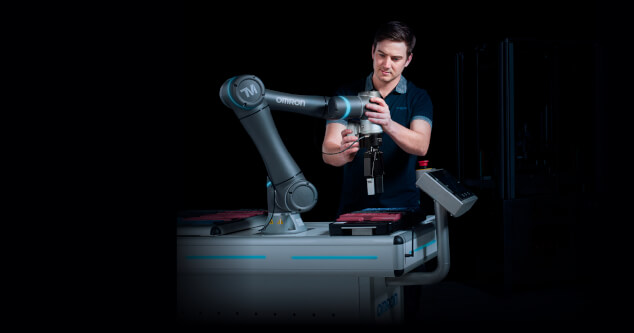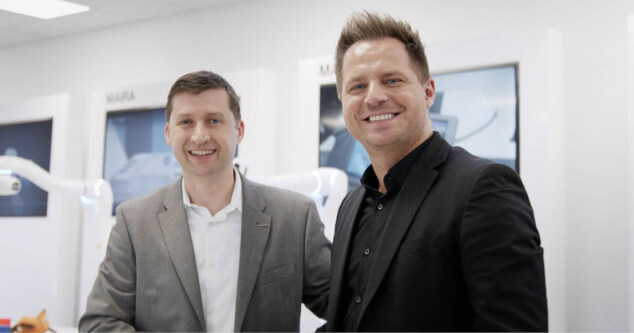Robotic Trends 2024: Simple and flexible application essential to reach full potential
Published on 15 July, 2024 in Flexible Manufacturing
From load carrier to colleague to team player: the role of robots has changed dramatically over the past seven decades. AI is creating more possibilities, but humans remain the determining factor.
Robots or humans – who will determine production in the future? Since George Devol's 1954 patent for a programmable manipulator, this question has sparked debate. Devol's Unimate robot revolutionized industry by safely performing dangerous tasks, highlighting that the focus isn't robots vs. humans but rather "robot + human = efficiency." Over 70 years, industry demands have evolved to prioritize flexibility, scalability, adaptability, and sustainability. Robots handle tasks that free humans to focus on value-added activities.
One in four industrial companies plans to invest in automation
To illustrate the importance of modern industrial robotics, it is worth looking at current studies. Scientists at Stanford University have calculated that there are currently over 3.4 million industrial robots worldwide. According to analyses, the global ratio of robots to people in the manufacturing industry is 1 to 71. Industrial companies also plan to invest a quarter of their capital in industrial automation over the next five years. The development of industrial robotics is characterized by numerous technological advances, a broader application in various industries, and the integration of new approaches such as artificial intelligence (AI) and machine learning.
Cobots are becoming colleagues
In their early years, robots were seen primarily as useful devices that could take on repetitive and heavy tasks. The idea of robots working alongside humans as colleagues without safety barriers has become more important with the introduction of collaborative robots, or cobots. The principle of cobots was developed in the 1990s, the first models came onto the market at the beginning of the new millennium, and since around 2010 cobots have become indispensable in many areas of manufacturing.

Repetitive tasks are given to cobots
The success of collaborative robotics started in Scandinavia, particularly in Denmark and Sweden, where they've needed to technology to compensate for a shortage of skilled, costly labor. Palletizing is a prime example of collaborative robotics in this context – a repetitive, uncreative, and non-value-adding task that can be easily taken over by technology instead of by humans. In contrast, human employees can use the time they have saved to take care of more important and complex tasks.
Trend cognitive robotics: NEURA Robotics and OMRON cooperate
This new type of interaction between humans and technology has even gone further in recent years. The integration of AI and machine learning is creating progressively adaptive and learning robots that learn from their experiences and thus optimize tasks. This enables flexible adaptation to different production requirements. In addition, robotics is more and more being trained with the support of AI to imitate human senses and cognitive connections. In this area, OMRON is collaborating with NEURA Robotics, a global pioneer in the field of cognitive robotics. The partnership aims to transform the manufacturing industry by introducing cognitive robots in factory automation and advanced AI functions to improve efficiency, flexibility, and safety. Unlike conventional industrial robots, cognitive robots can learn from their environment, make independent decisions, and adapt to dynamic production scenarios. This opens up new application possibilities, including complicated assembly tasks, detailed quality control, or adaptive material handling.

The key to success: adaptability
Modern cobots now work safely and seamlessly alongside human employees, thanks to advances in sensor technology and safety software. The Internet of Things (IoT) in Industry 4.0 has networked robots and production facilities, enabling comprehensive automation and real-time monitoring. Improved hardware and precision enhance reliability and performance. Programming industrial robots is now simpler, making them accessible to smaller companies. Current requirements, especially for medium-sized companies, are to be able to respond flexibly to new requirements. Robotics must therefore be able to adapt effortlessly and flexibly to different applications to respond quickly to changing production requirements.
Potential vs. challenges

